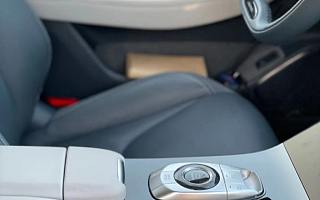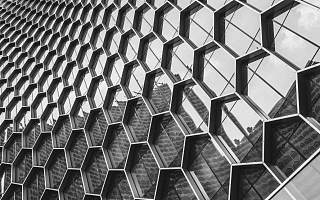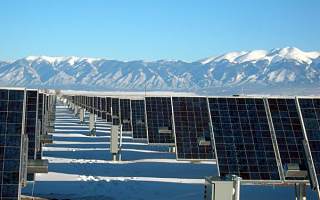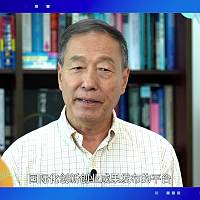In-depth: Lessons Learned From Tesla's “Brake Failure”Drama in China
Credit: China Visual Group
SHANGHAI, April 25 (TMTPOST) -- The auto-show protest staged by an angry female consumer against U.S. electric vehicle (EV) giant Tesla is still brewing. The company is having a difficult time dealing with the consequences, as market regulators are trying to look deeper into gray areas in the intelligent car industry to find solutions.
Can brake malfunction be detected? Should car owners be allowed access to data logs of their cars? Is Tesla’s disclosure of costumers’ vehicle data legitimate?
As those questions remain unanswered, Tesla’s brake-failure crisis my help shed some light on them. How to cope with and regulate those gray areas poses big challenges to Tesla as well as Chinese regulators.
Laws and rules are the bottom line of a society and the foundation for the operation of an open market. In the wake of the high-profile atop-car protest against Tesla, public outcries are understandable, but the media and regulators need to stay coolheaded and restrained. A thorough investigation is needed to retrieve the truth, and in this process, laws and rules, rather than public sentiment and media criticisms, should take up the reins.
Atop-car Protest Against Tesla
Tesla unexpectedly became the focus of attention at the ongoing Shanghai auto show, while Huawei, poised to catch limelight with the launch of its first electric car, was somewhat sidelined.
An unhappy female car owner, surnamed Zhang, clambered atop a display car at Tesla’s booth on April 19, day one of the show, wearing a white T-shirt emblazoned with the words “brake malfunction” and a Tesla logo, shouting similar accusations.
Zhang complained about Tesla’s treatment of her claims that the brake failure of her Tesla car led to an earlier crash. In a melee, she tried to fight away an open umbrella used by venue security guards in an attempt to hide her from onlookers.
People began to flock to the Tesla booth and surrounded it. An inevitable swarm of cameras recorded the scene and the video of the debacle went viral quickly, creating a social media stir China-wide, prompting China’s official media and regulators to react.
Rumors were also swirling. “Tesla is hitting someone’ “police entered”… “The chaos only lasted a few minutes, and there was no beating at the scene,” an eyewitness told TMTPost, adding the protester was taken out of the exhibition hall by police, minutes after she was dragged to a room by security personnel.
One day before the protest, there were signs of its occurrence. “The woman posted a message in a group chat of Tesla car owners on WeChat (China’s twitter-like social media platform),saying she is going to the show to have a look,” a source in the chatting group told TMTPost.
“To have a look” turned out to be a protest. “From a lady to a virago, you only need to experience a customer rights dispute,” Zhang wrote in an online post.
Zhang also paid her price for the protest. She was detained for five days for disturbing public order. At the time Tesla made its apology to her, Zhang was still in detention. Zhang’s female accomplice, surnamed Li, received a warning from the police.
Tesla’s PR Nightmare
In contrast to other automakers that enjoy media spotlight at auto shows, Tesla seems to prefer a low-key presence. No-car-model and no-conference have always been its way.
Tesla’s booth seems somewhat deserted at most shows, with only a few security and Tesla sales personnel on-site. However, this time, Tesla cannot avoid the publicity and get nowhere to hide. The heat of the incident reached its peak in no time.
To make things worse, a senior Tesla official’s response further fueled public sentiment.
“Recent negative news (about Tesla) were all contributed by her (Zhang),’ Tao Lin, Tesla’s vice president, said in an interview after the protest was staged, adding Tesla will in no way compromise to unreasonable customer appeal.
Credit: China Visual Group
Tao’s strongly-worded response quickly drew even heavier fire from the public, triggering criticisms from multiple official media outlets including Xinhua News Agency and CCTV, prompting regulators to step in.
“Tesla is too arrogant” “What makes Tesla so confident not to compromise” “Tao Lin should resign” “Tesla gets out of China’ ... Angry Chinese netizens remarked online.
On April 21, the market regulator of Zhengzhou in central China’s Henan province, where the car accident occurred, ordered Tesla’s branch there to unconditionally provide Zhang with the half-an-hour driving data before the accident. Earlier, Tesla denied Zhang’s request for the data.
Tesla said later that it had been actively communicating with Zhengzhou regulators and reporting relevant information to them.
It is willing to cooperate fully to provide the third-party examination institution, the government, supervisors or the consumer herself with the 30-minute data logs, Tesla said.
Tesla also made an apology to Zhang for not dealing with her claims in a timely manner.
From “no-compromise”, to “late-night apology”, to “providing data to customers”, Tesla seemingly made a U-turn and softened its stance, under mounting pressure.
But disputes still remain on issues such as who is responsible for the car crash, among others.
Who is to Blame?
On April 22, Tesla provided regulators and Zhang with complete driving data for the 30 minutes prior to the collision.
The data shows brakes were applied more than 40 times in the half hour before the accident. At the same time, the car at some points exceeded 100 kilometers per hour and stopped repeatedly. When the driver stepped on the brake pedal for the last time, the speed was 118.5 kilometers per hour. Shortly before the collision, it was reduced to 48.5 kilometers per hour.
“To sum up, the vehicle was travelling at a comparatively high speed. At the beginning, the driver stepped on the brake pedal lightly. Afterwards, the automatic braking function was activated and played a role, increasing the braking force and reducing the impact of the collision.”
“The braking system normally worked and reduced the speed,” Tesla said.
Though the data newly disclosed may give Tesla grounds for being so confident that it is not at fault and uncompromising, but it has not dispelled the public’s doubts about whether Tesla may have tampered with the data, as well as whether those data alone can be evidence that Tesla does not have brake failures.
According to Zhang’s statement, on the evening of February 21, her father was driving a Model 3 on a national highway in Anyang, Henan. He released the switch about 200 meters away from a car ahead, and stepped on the brake pedal before reaching that car. As his braking attempt failed to slow down the vehicle, he tried to hit the brake again, only to find out that the brake was rigid and the braking system malfunctioned. The car eventually collided with two cars stopped at a traffic light, before crashing into a cement barrier.
A verdict by local traffic police department said Zhang’s father was 100 percent responsible for the accident, given his failure to keep a safe distance to allow the braking system to work. Tesla also insisted the car’s travelling at 118.5 kilometers per hour before the collision happened.
Zhang and Tesla had been arguing for months over whether the brake failure or speeding caused the crash.
Zhang disagreed with Tesla’s conclusion that the braking system worked normally at the time. After she was detained, Zhang’s sister said through a public channel that it’s impossible for her father to drive at 118 kilometers per hour on a national highway with a speed limit of 80 kilometers per hour, during a traffic peak.
Zhang demanded returning the car to Tesla and getting a refund, but was refused by Tesla. The Zhang family rejected a third-party inspection, as suggested by Tesla, because the car was dragged by Tesla to its store and parked there for several days, thus there was no way to know whether Tesla had tampered with the car’s data, said Zhang’s sister.
Either brake failures or speeding can cause a crash. Cameras installed on the highway by supervision authorities may provide key evidence about what really happened.
Can Brakes Failure Be Detected?
Unlike fuel-powered vehicles, mainstream braking systems used by Tesla in its electric cars are the brake-by-wire ones like Bocsh’s iBooster. iBooster monitors the moves of the brake through sensors, calculating the amount of assistance needed in the electric unit, and uses the motor to provide necessary assistance to achieve the purpose of braking.
Simply put, part of Tesla’s braking system generates electronic signals through the brake pedal, and the system performs braking based on the data transmitted by the signals. If there is a problem with the electronic signal or the software, the braking system will receive weak signals or even no signals, leading to possible brake failure.
However, except for electronic assistance, the rest of Tesla’s brake system is very similar to that of typical fuel vehicles. That means as long as the brake pedal is pressed, the brake can be working even when there are no electronic signals.
There are also other measures to ensure the normal function of electric cars’ braking system, according to reports by newspaper Science and Technology Daily.
Even if iBooster fails, the car still can be braked. The only difference is the amount of force applied on the braking pedal and the safe-distance needed for braking.
Brake pipes can stop a car in case the electronic brake system fails. In order to avoid oil leakage in the brake pipe, the OEM usually adopts two sets of brake pipes to make sure even if one pipe is damaged, the other still works.
“Only when the two pipes are cut off at the same time, a brake failure may occur. However, it is easy to be detected by a third-party examination. In the Tesla case, we see no such possibilities,” said Yang Jun, an traffic engineering expert .
If Zhang’s Model 3 did encounter a brake failure, the problem may be with its brake-by-wire system, said Yang, citing three possible reasons for the failure, including a mal-interaction between the Tesla brake pedal and iBooster’s brake-by-wire system, minor design defects in iBooster, or the mis-matching between Tesla’s AutoPilot and the iBooster system.
However, examination of such defects involves many complicated technical issues, making it difficult for car owners to present evidence to support their claims. Tesla’s unilaterally released data is also not so convincing to the public.
There are other reasons for malfunctioning brakes in EVs. For example, the driver needs to press brakes harder when there is no electronic assistance. Otherwise, the car cannot be slowed down as expected. It’s difficult for drivers to switch from traditional cars to EVs.
To prove the defects of the braking system, examination of electronic signals, software and codes is needed. Third-party organizations don’t have the expertise of conducting such complicated examinations.
“As a matter of fact, for smart cars like Tesla, none of the organizations in China, and even in the United States, are capable of conducting such brake-failure examination,” Zhang Xiang, an industry expert told TMTPost.
What’s more, Tesla is the runway leader in the smart car industry and is continuously introducing new technologies and improving old ones, making examination of Tesla systems even more difficult.
Challenges for Regulators
Other main topics in the Tesla consumer dispute include whether car owners have the rights to access driving data of their cars, a third-party should be entrusted with car data and Tesla’s disclosure of data logs is legitimate.
“Consumer’s rights to be informed ensure consumers know about the real condition of goods and services before a purchase happens,” Zhao Zhanling, vice chairman of a Beijing law firm.
As data logs are generated after a purchase happens, driving data can hardly be seen as part of consumer’s rights to be informed, Zhao said. This may be the reason for Tesla’s delayed release of driving data. But Zhao believed enterprises are obliged to provide market supervisors with driving data when required.
In Zhang’s case, Tesla told TMTPost the data was encrypted and couldn’t be read, tampered with or deleted. Tesla will strictly abide by Chinese laws and provides complete driving data as required by authorities, the EV company said.
In Zhao’s view, consumers are entitled to part of the driving data that contains their personal information.
As for EVs, there are no laws that require driving data be shared with a third-party, he said.
Under current Chinese laws, carmakers like Tesla can store driving data on their server, which makes consumers doubt the authenticity of the data.
“If car makers are also the keepers of the data, in a consumer dispute like this one, Tesla is both the player and the judge,” said Zhang Xiang. Under such circumstance, if there is no effective supervision and regulation in place, consumers have no way but to resort to extreme acts to defend their rights.
China’s lawmakers should act quickly to ensure the authenticity of driving data as well as to protect the privacy of consumers, industry insiders said.
Surging Sales vs Growing Complaints
With the release of the driving data and the stepping in of market regulators, Tesla’s “brake failure” crisis sooner or later will come to an end. However, no matter how it concludes, Tesla has to face the dilemma between its growing sales and surging consumer complaints in China, a crucial market for its EVs.
Tesla’s sales more than doubled in China last year amid the coronavirus pandemic, accounting for about a fifth, or 21% of the 31.54 billion total.
According to data by EV Sales Blog, in 2020, 3,124,793 EVs were sold worldwide. Tesla’s sales topped the chart, almost two times the market share of the second-placed carmaker.
The growth in China is even more amazing, as Tesla ramped up production at its Shanghai factory. In 2020, a total of 500,000 Tesla EVs were sold, a 36% increase from 2019. Thanks to a price cut, 24,000 Model 3 cars were sold in last December alone. The Model 3, priced at RMB 250,000, was Tesla’s bestseller in China last year.
Complaints were also low in 2020, with only 49 complaints lodged against Model 3. But in the first quarter of 2021, complaints against Tesla surged to the first place in the Chinese EV market, with a total of 48 complaints lodged against Tesla’s Model 3 and Model Y.
There were dozens of reported incidents involving Tesla cars such as malfunctioning brakes and batteries catching fire while driving. Earlier this year, a number of Chinese government departments called in representatives of Tesla’s local subsidies over the rise in quality and service complaints.
Today, Tesla is facing the challenge of maintaining quality and reputation of its cars and services, while embracing the robust China market. Instead of treating complainers as troublemakers, it’s time for Tesla to adjust its way of communicating with Chinese consumers.
更多精彩内容,关注钛媒体微信号(ID:taimeiti),或者下载钛媒体App
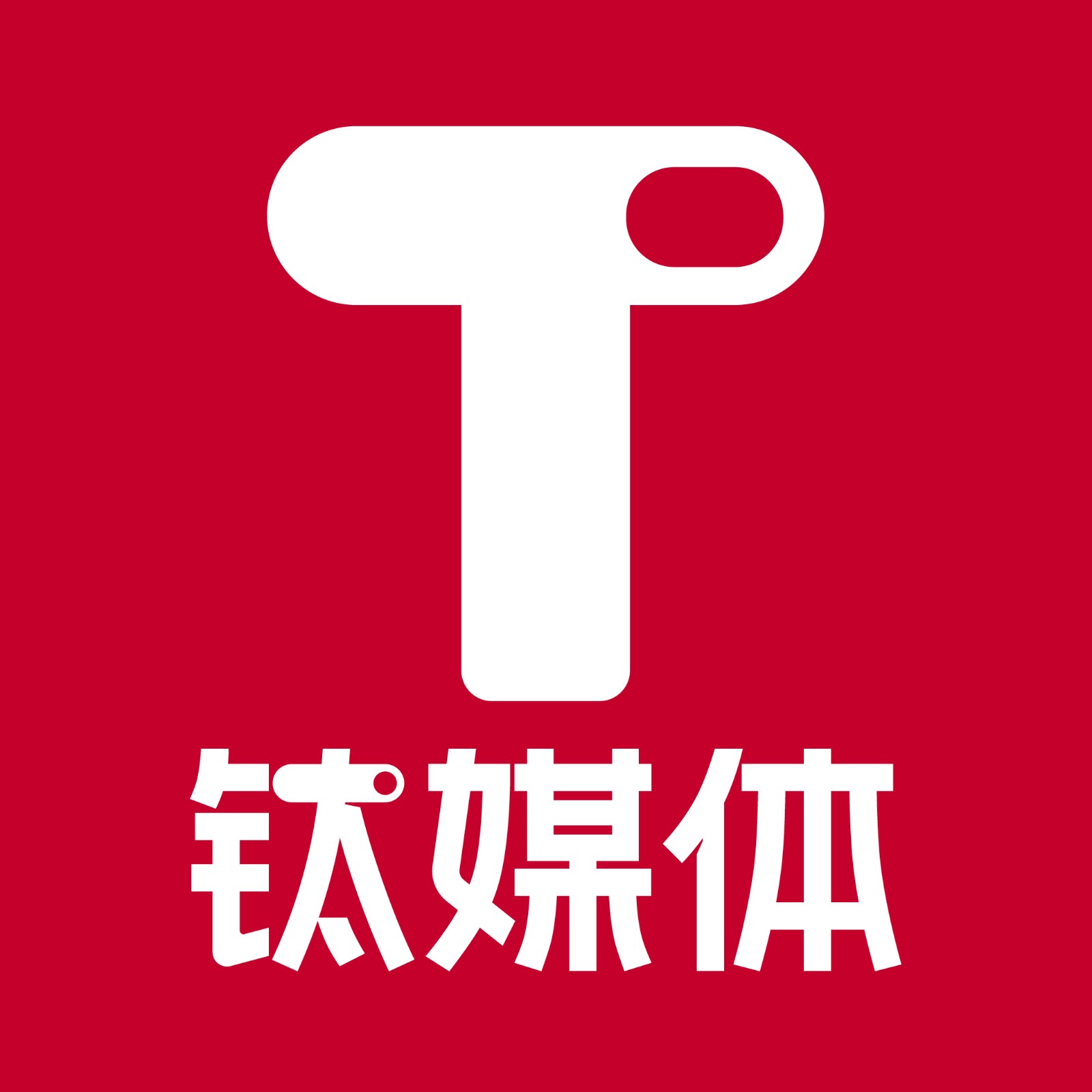
钛媒体 App
13965篇文章TA的动态
2022-09-14 钛媒体 App发布了 《星巴克加码中国市场,未来三年要新增开3000家门店|钛快讯》的文章
2022-08-11 钛媒体 App发布了 《白云山麾下公司虚抬药价“把戏”,被拆穿了》的文章
2022-07-06 钛媒体 App发布了 《为了帮00后卷王找到工作,简历修改师们拼了》的文章
2022-07-06 钛媒体 App发布了 《威尼斯向游客收“进城费”,国内城市如何借鉴?》的文章
2022-03-25 钛媒体 App发布了 《蔚来2021年财报发布:年营收361亿元,整车毛利率达到20.1%》的文章






